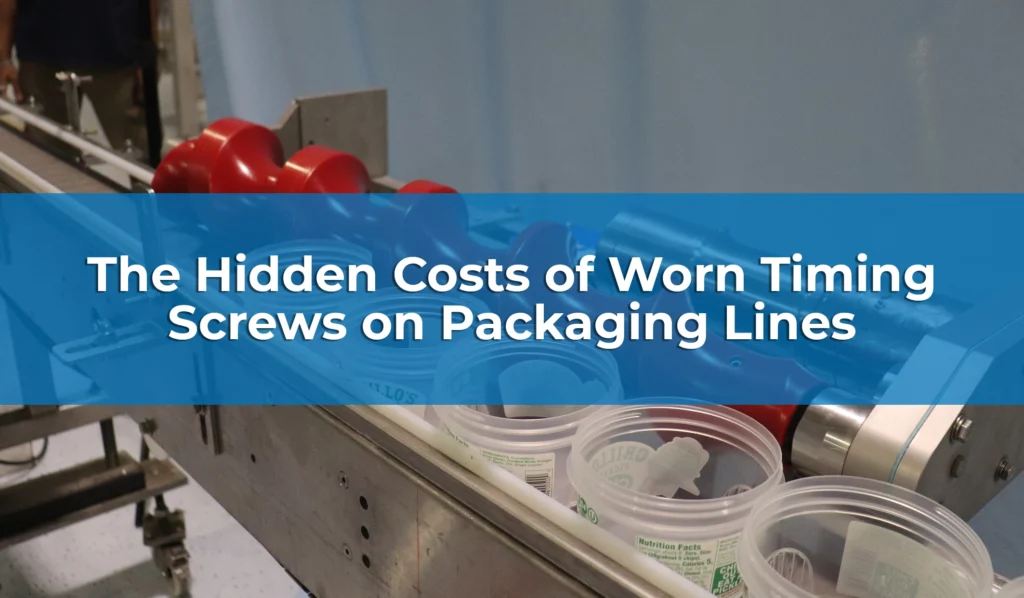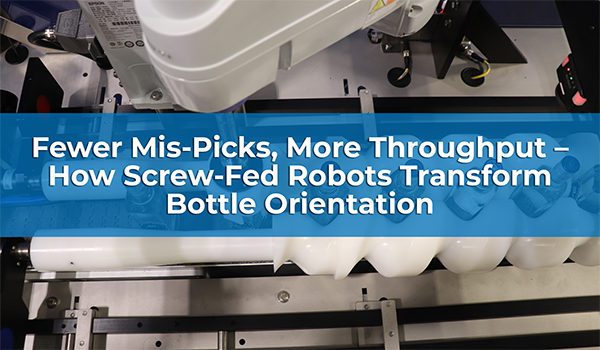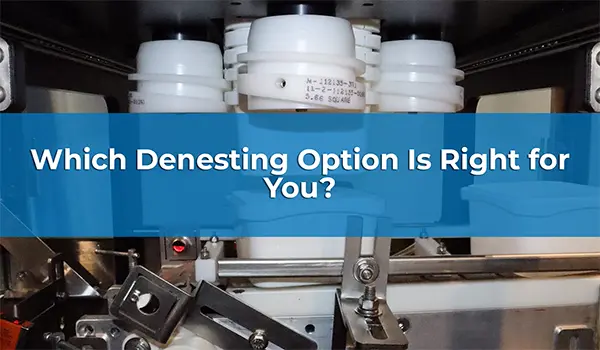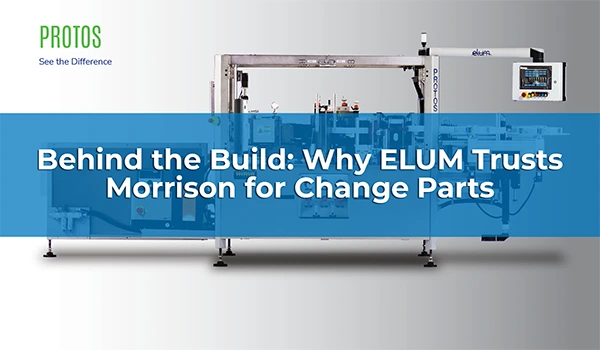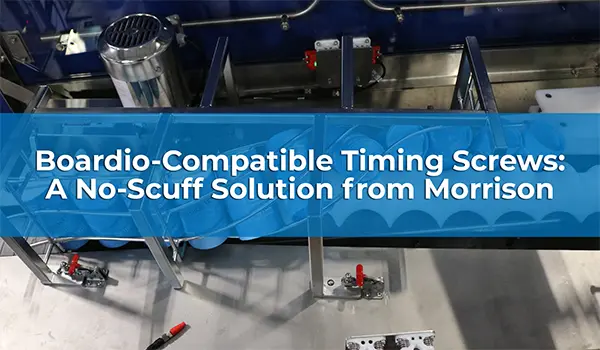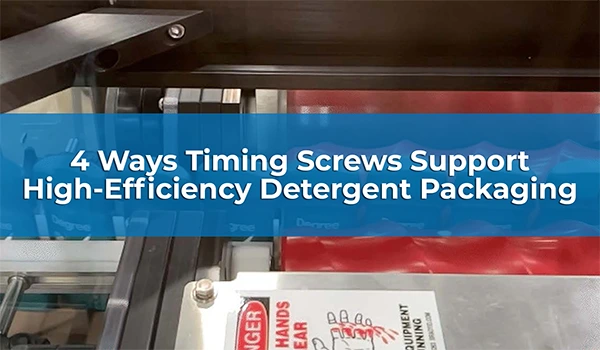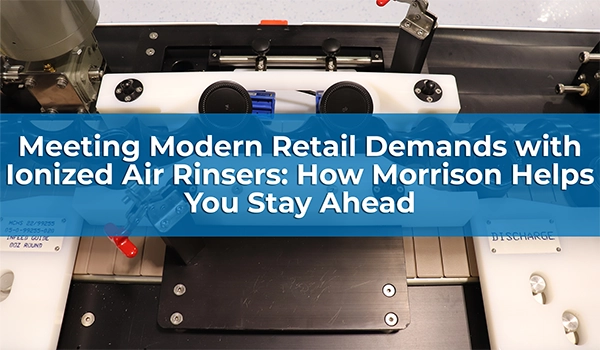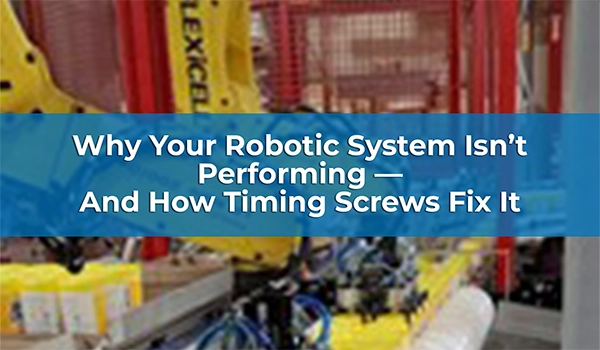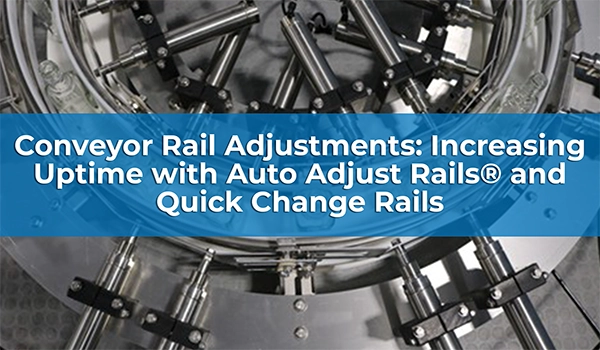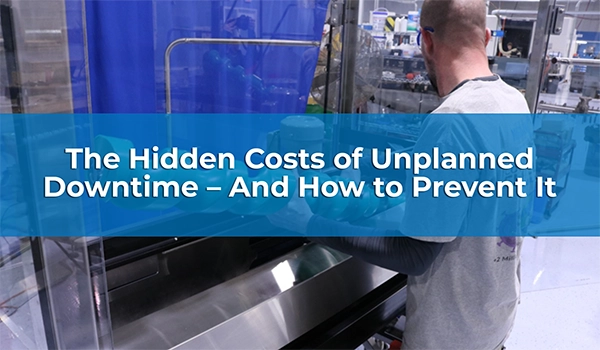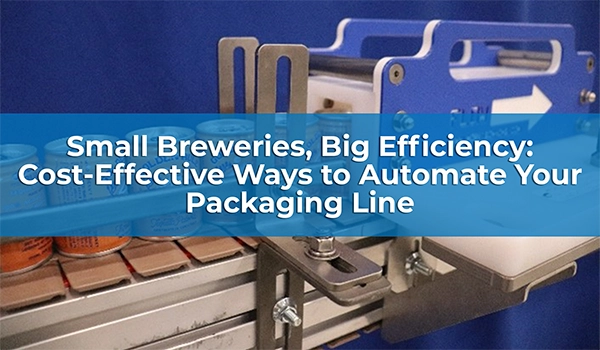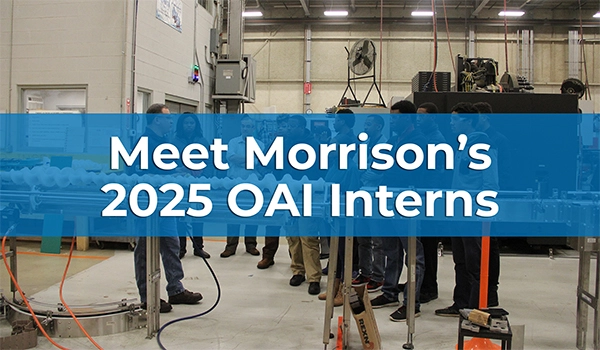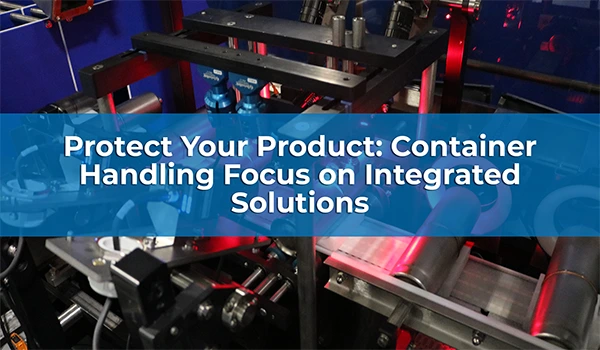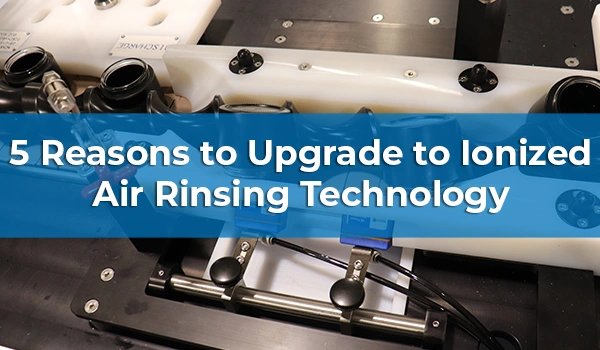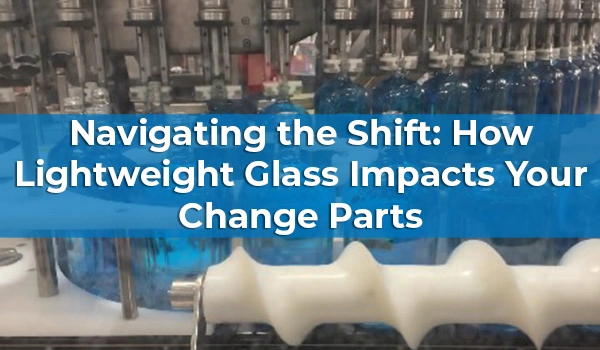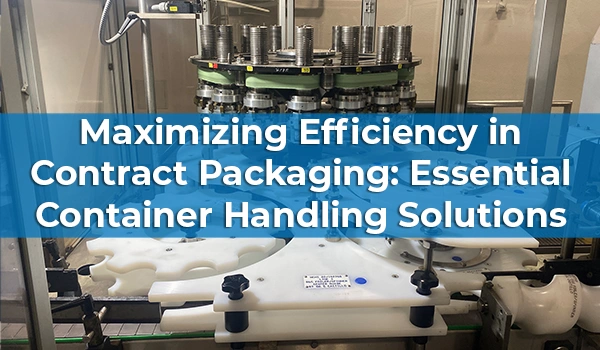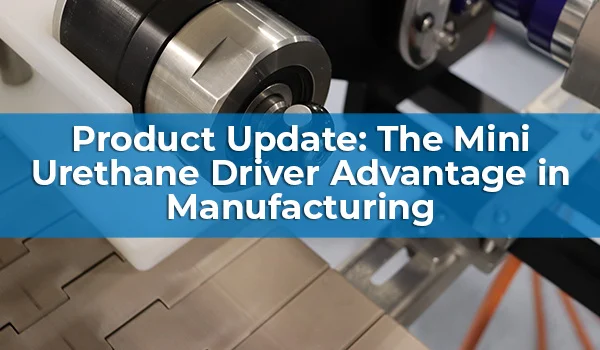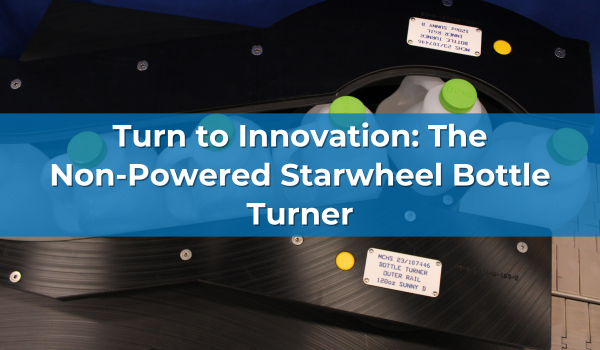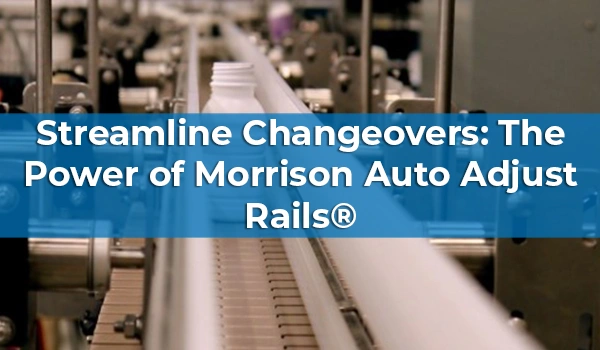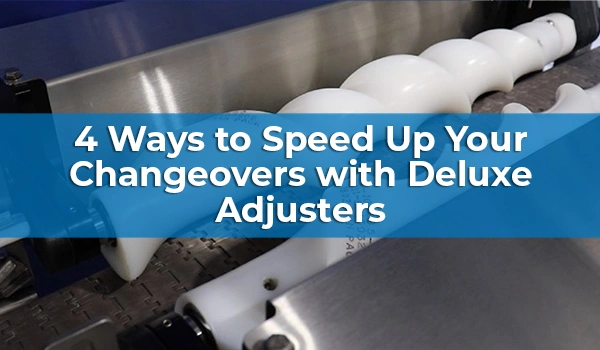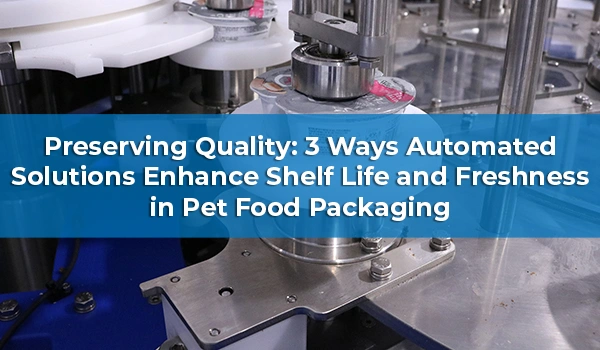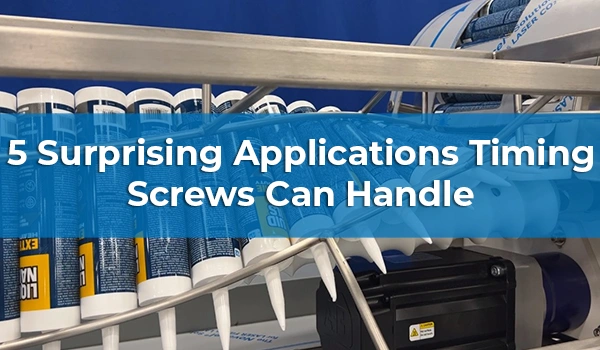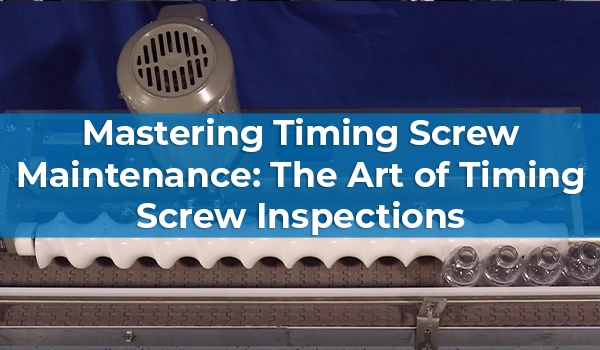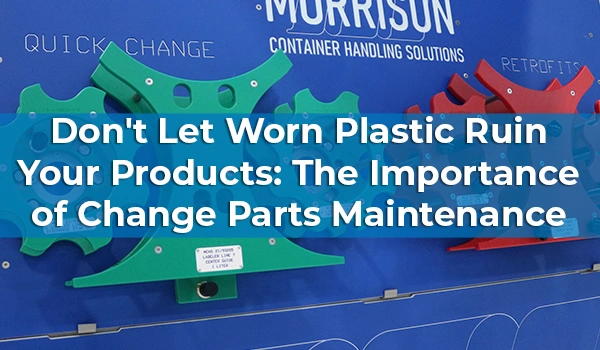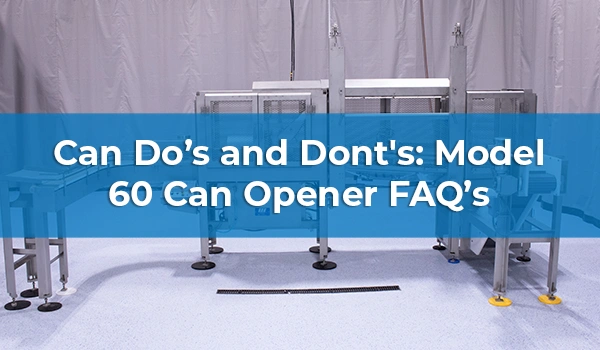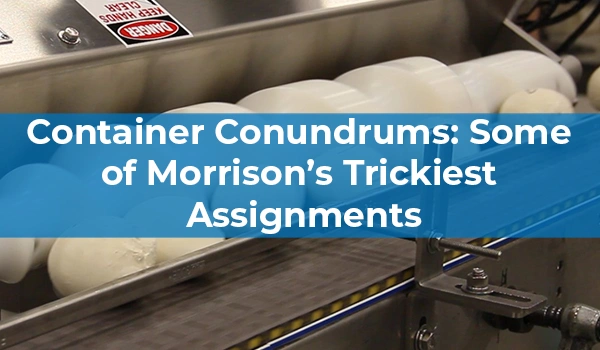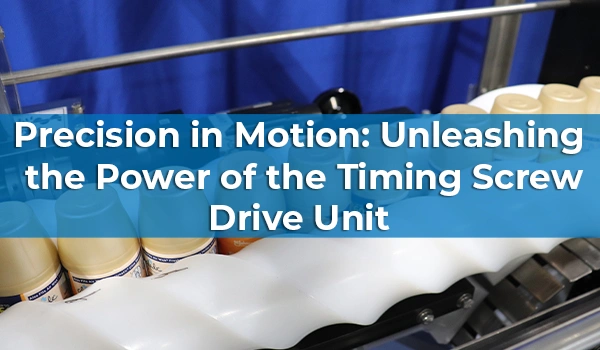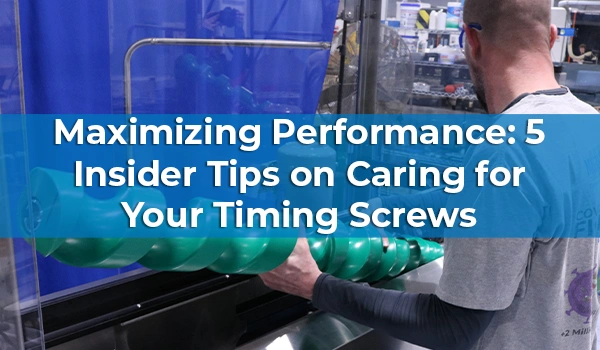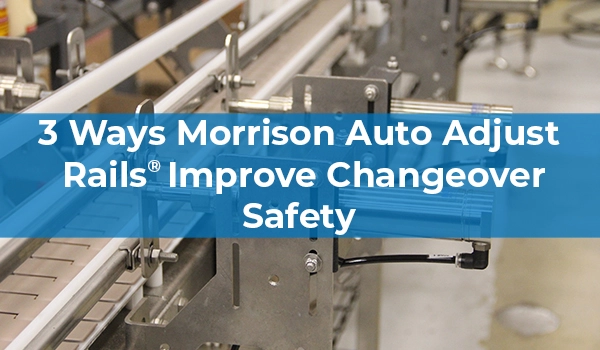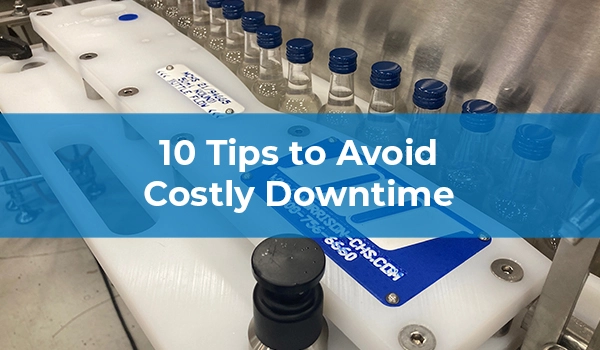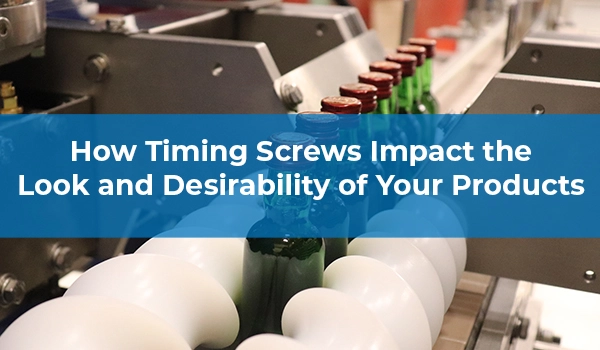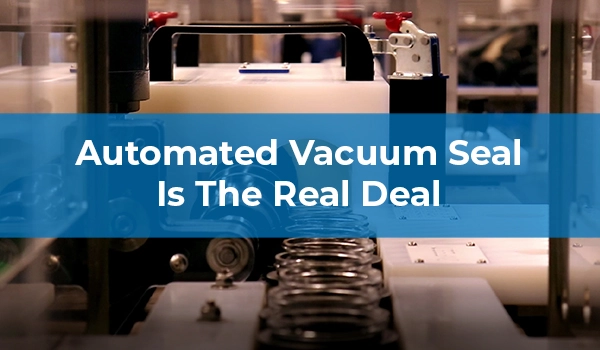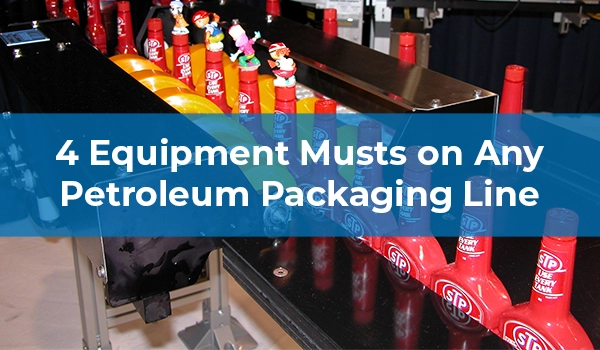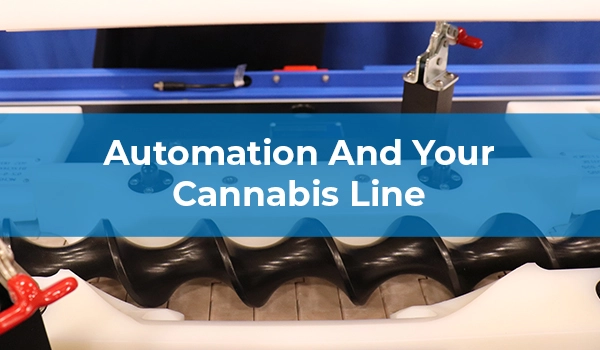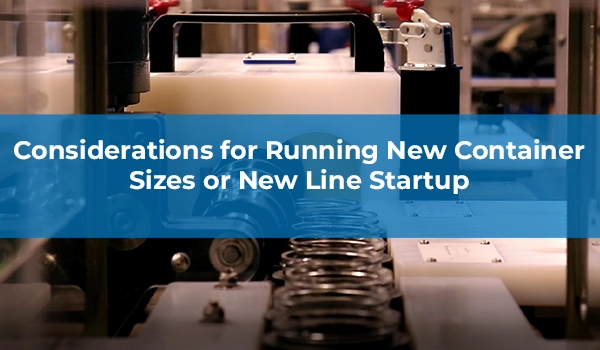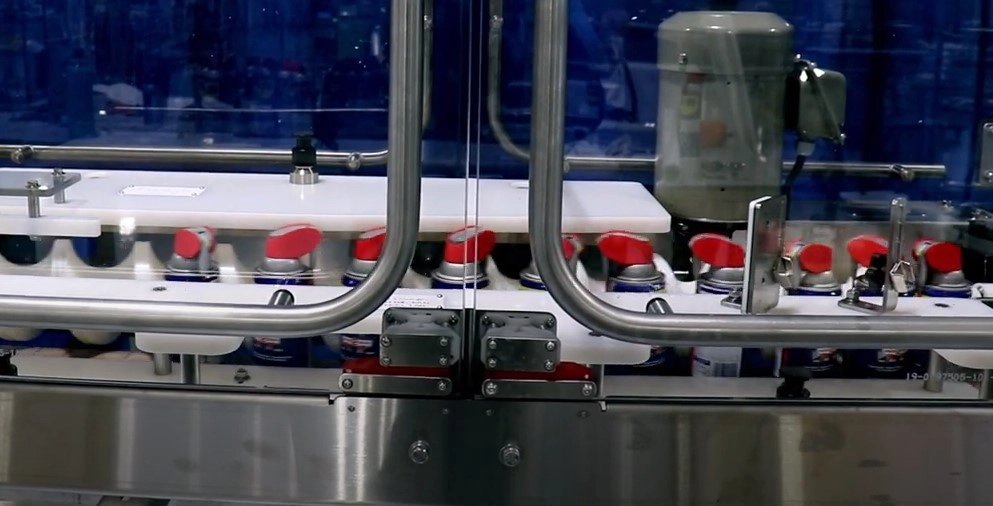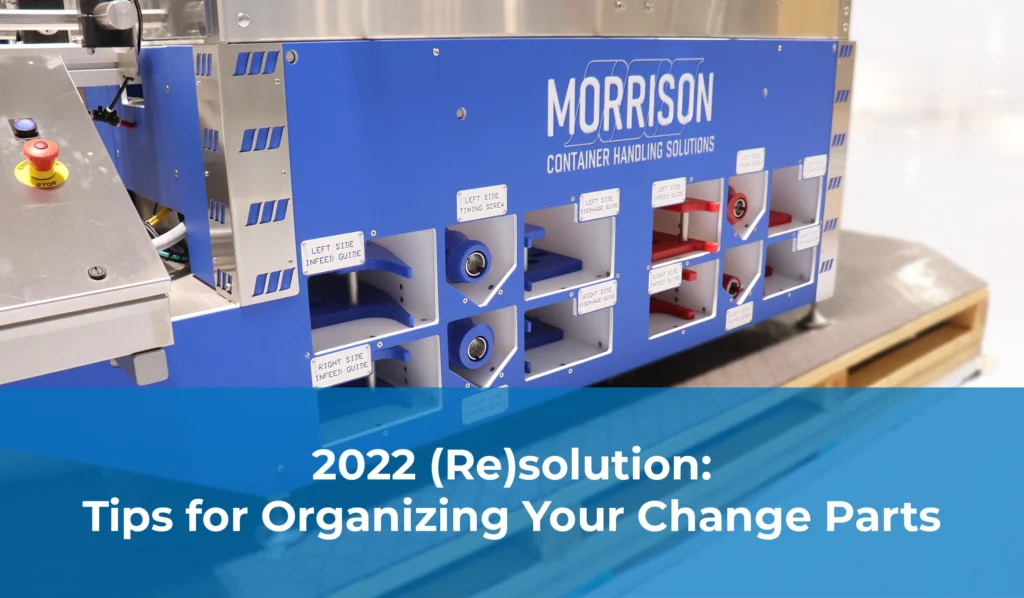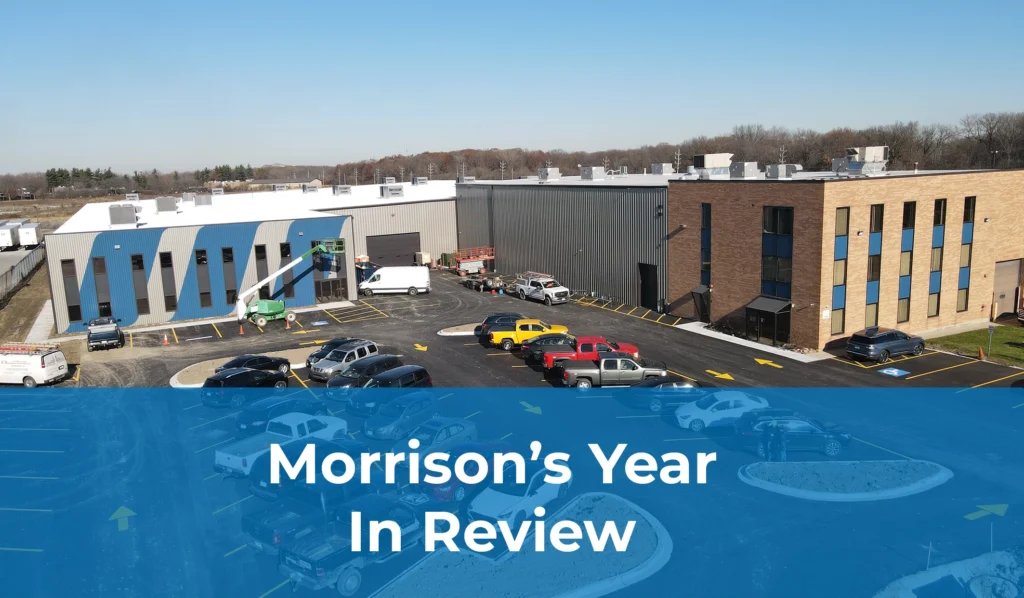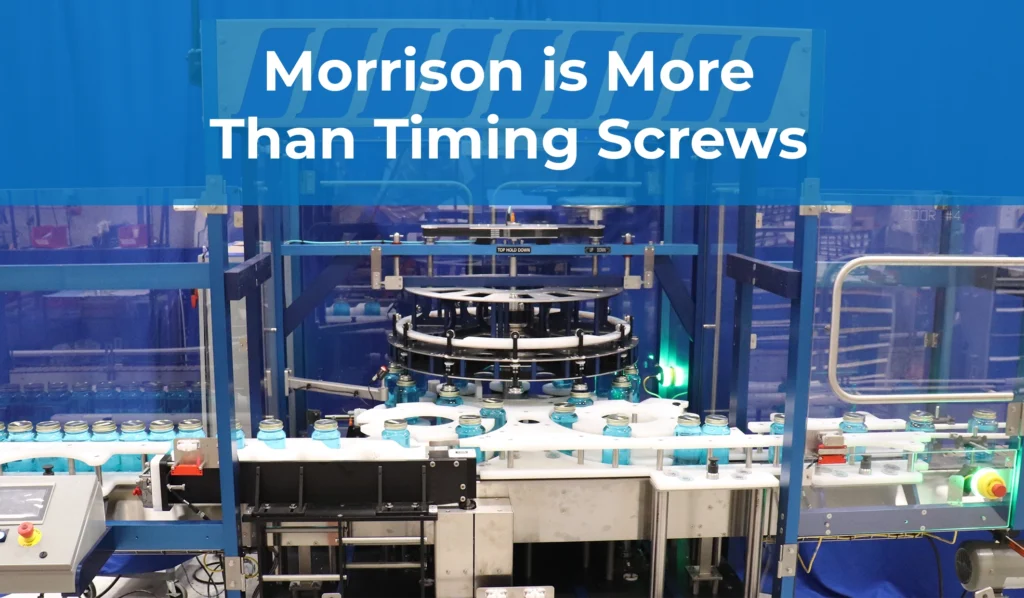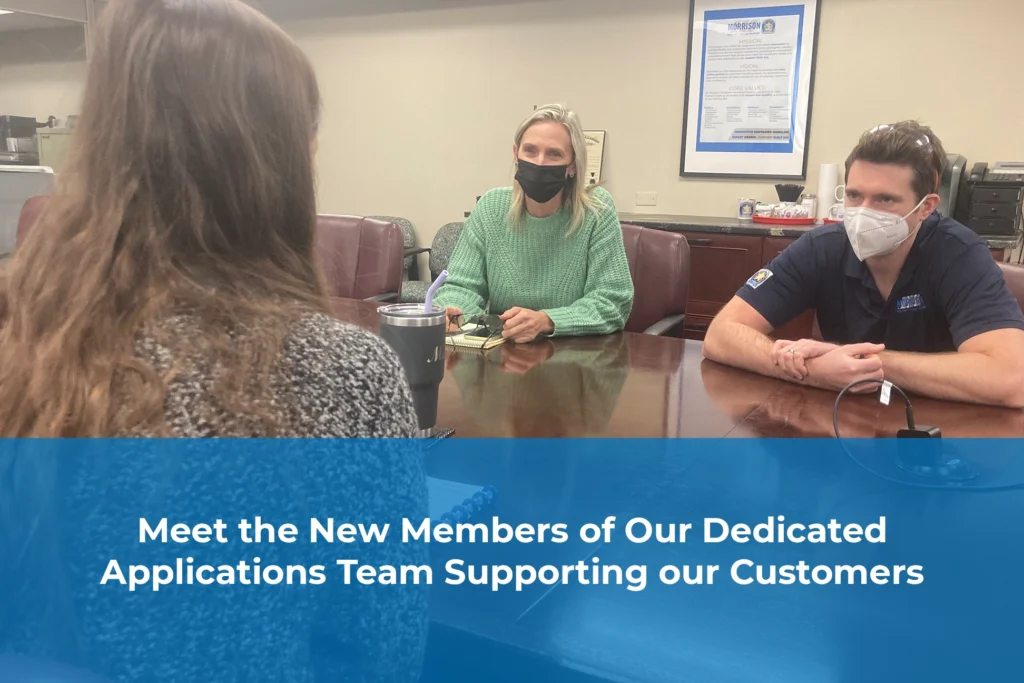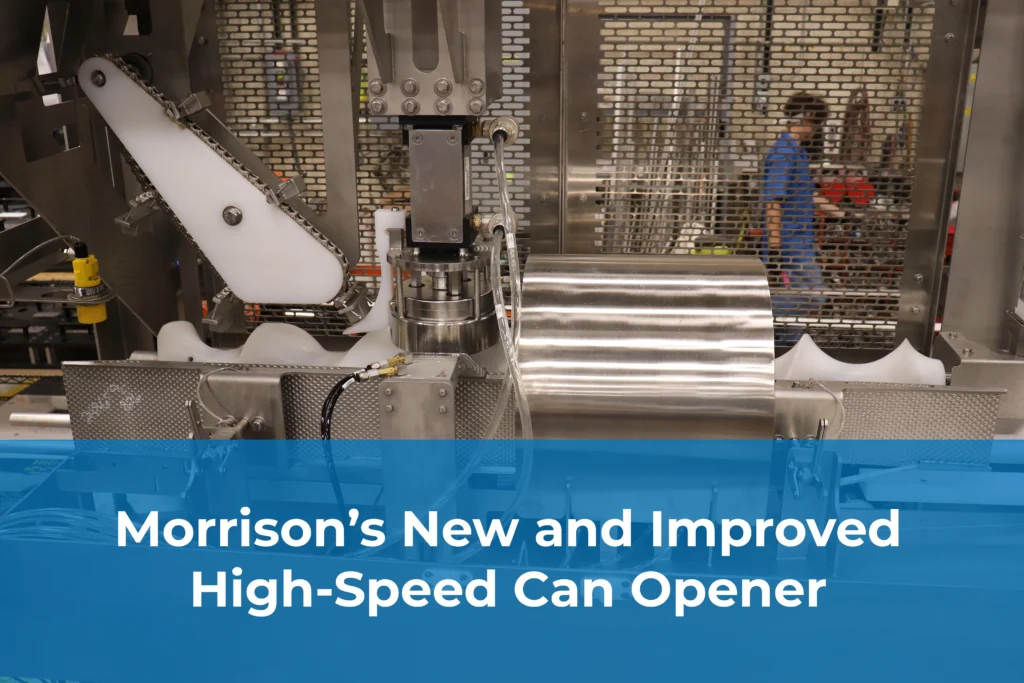Unplanned downtime is one of the biggest challenges in manufacturing. When production lines come to a sudden halt, the impact goes beyond just lost time and reduced throughput. These disruptions lead to financial strain, operational setbacks, and long-term damage to business relationships. In this blog, we will explore the hidden costs of unplanned downtime and practical ways to reduce its occurrence. Let’s dive in.
1. Lost Productivity & Revenue
Every minute of downtime translates into lost output. Manufacturing facilities operate on tight schedules, and unexpected stoppages create a domino effect, delaying orders and reducing overall efficiency. For some manufacturers, just minutes of downtime can result in significant revenue loss, making it crucial to address the root causes of these disruptions and prevent them.
2. Supply Chain Disruptions
When production slows or stops unexpectedly, the effects ripple through the supply chain. Delayed shipments can lead to missed deadlines, dissatisfied customers, and potential contract penalties. Vendors relying on consistent orders may also face setbacks, causing further disruptions.
3. Increased Maintenance & Repair Costs
Emergency repairs are often more expensive than scheduled maintenance. When equipment fails without warning, the need for immediate service can drive up costs, both in parts and labor. Additionally, frequent breakdowns shorten the lifespan of machinery, leading to premature replacements.
4. Damage to Reputation & Customer Trust
Consistently missing deadlines or delivering inconsistent quality can erode trust with customers. Unreliable service may push clients to seek alternative suppliers, resulting in lost business. Reduced product can disrupt what makes it to store shelves, leaving customers with the difficult choice of seeking out a competitor’s product instead of yours. Maintaining a strong reputation depends on meeting commitments and minimizing disruptions.
5. Safety Risks & Compliance Issues
Equipment failures can create hazardous conditions, increasing the risk of workplace accidents. Sudden breakdowns may also lead to non-compliance with industry regulations, resulting in fines or temporary shutdowns. A proactive approach to maintenance helps maintain a safe work environment.
Tips to Prevent Unplanned Downtime
Predictive & Preventive Maintenance

Leveraging data-driven maintenance strategies helps identify potential issues before they lead to major failures. Regular inspections and servicing catch small problems early, reducing the risk of unexpected breakdowns.
At Morrison, our Preventative Maintenance Agreement (PMA) supports customers by helping to keep their equipment running efficiently. Scheduled maintenance not only helps prevent major failures but can also enhances machine performance and can boost revenue.
Stock Spare Parts

One of the most effective ways to minimize unplanned downtime is by maintaining a well-organized inventory of critical spare parts. Unexpected equipment failures can halt production, leading to costly delays. Having essential spare parts readily available allows for repairs to be completed quickly, reducing downtime and keeping operations running smoothly.
Don’t know where to start? Our sales team can send you a comprehensive list of spare parts to help you stay ahead. Contact us here.
Schedule Post-Install Service Visits

When commissioning new equipment, ask your OEM if they can do a routine visit in 90 days. Getting this on the schedule provides for a scheduled check-in to help make sure equipment is still running optimally.
Dedicate Funds to Training
Leverage your OEMs to train your operators and maintenance personnel on their equipment. When you invest in training, operators are less likely to unknowingly damage equipment and maintenance is prepared to properly service it for the best in preventative maintenance. This small investment on the front end can have a major effect on service costs in the future.
Invest in Reliable Equipment & Technology
Upgrading to modern, high-quality machinery reduces the risk of frequent failures. Automation and smart technology provide real-time monitoring, allowing teams to respond to potential issues quickly and keep operations running smoothly.
Build a Proactive Maintenance Culture
Encouraging employees to report minor issues before they escalate fosters a more efficient and responsive workplace. When maintenance is seen as a shared responsibility, downtime can be minimized, and production can remain steady.
Unplanned downtime carries significant hidden costs, from lost revenue to reputational damage. By taking a proactive approach through maintenance strategies, employee training, and technological investments, businesses can reduce disruptions and improve long-term efficiency. Now is the time to evaluate current processes and identify areas for improvement to keep operations running smoothly. Contact us today to get started.



